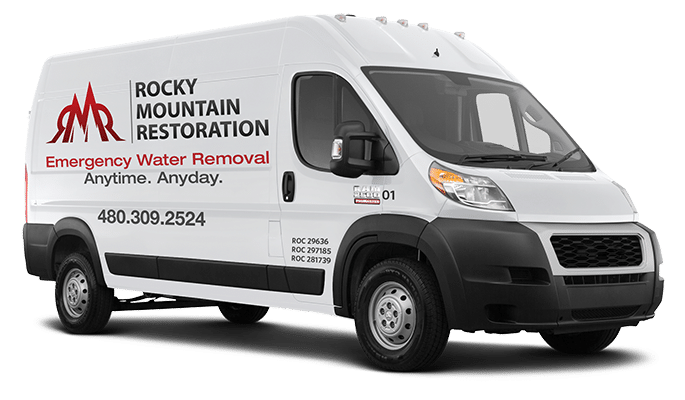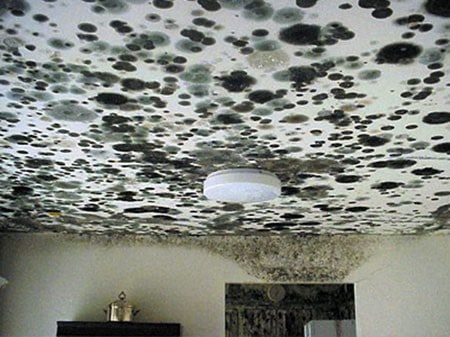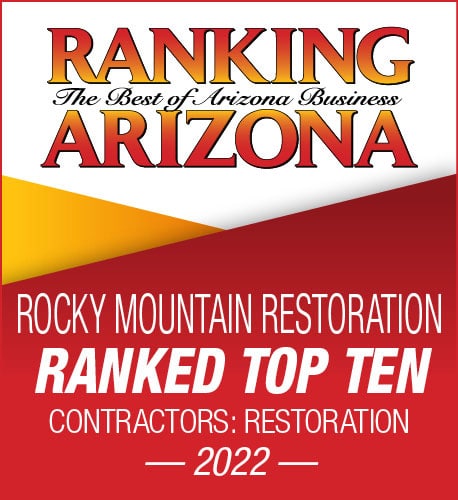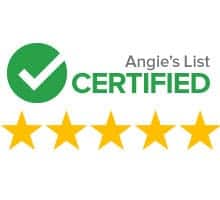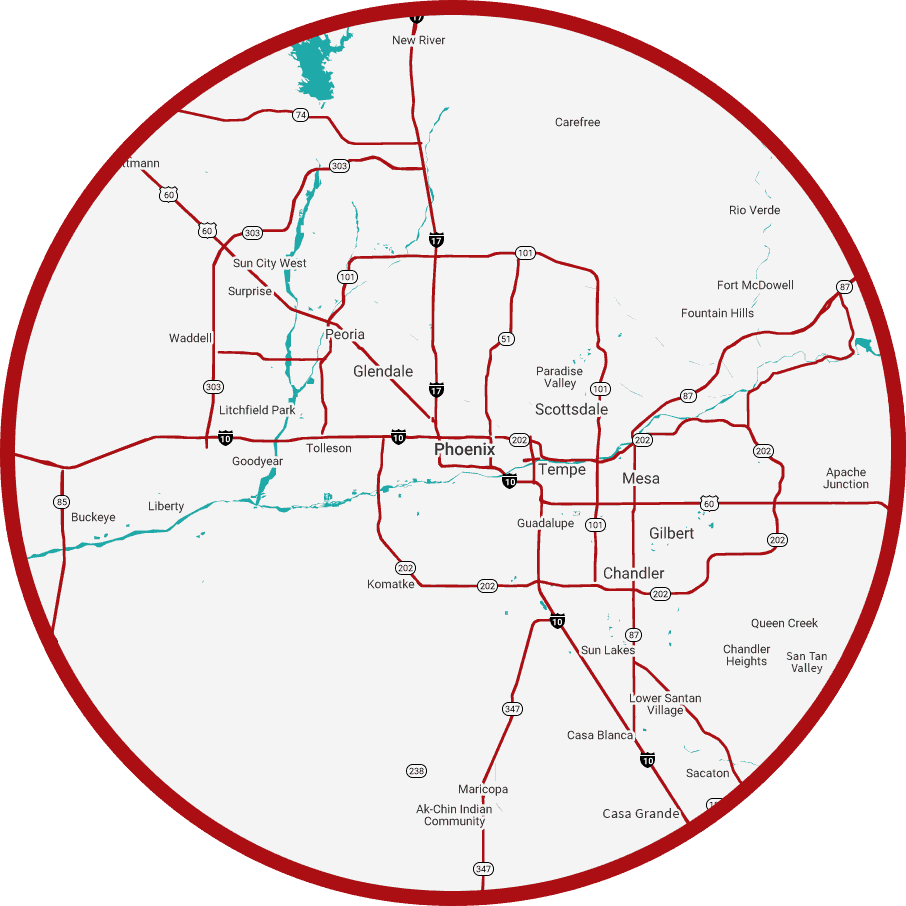Mold removal is key to keeping your home healthy, especially in moist areas like bathrooms and basements. This fungus grows in warm, damp places and shows up as green, black, or white spots. It also has a strong musty smell. It’s important to get rid of mold and stop it from coming back.
Mold can harm your health, causing breathing problems and allergies. To clean up safely, wear the right gear like N-95 masks, rubber gloves, and goggles.
To remove mold well, know what kind it is, find where it started, and pick the right cleaning method. Don’t mix ammonia and bleach because it makes harmful fumes. By following these steps, you can keep your home mold-free and healthy.
Key Takeaways
- Mold removal is crucial for a healthy home, especially in damp areas like bathrooms, kitchens, and basements.
- Identifying mold by its color and musty odor is the first step in mold remediation strategies.
- Safe mold cleanup involves wearing appropriate safety gear, including N-95 respirators, rubber gloves, and goggles.
- Choose between chemical and natural cleaning solutions for effective mold eradication.
- Never combine ammonia with bleach due to the release of toxic fumes.
- Prevent mold growth by addressing moisture problems in your home.
Understanding Mold: Types and Risks
Mold is a common problem in many homes. Knowing the different types and risks is key to fixing it. This section talks about common molds, their health effects, and how to spot them.
Common Types of Household Mold
There are many types of mold in homes, like Cladosporium, Aspergillus, and Stachybotrys (also known as black mold). Cladosporium grows on wood and textiles inside and outside. Aspergillus is usually safe but can harm those with weak immune systems.
Stachybotrys, known for growing on paper and fiberboard, can cause breathing problems and other health issues.
Health Risks Associated with Mold
Mold can cause health problems, especially for those with breathing issues or weak immune systems. Symptoms include coughing, sneezing, eye irritation, and skin rashes. Long-term exposure to toxic molds like Stachybotrys can lead to serious breathing problems and even neurological issues.
Knowing these risks is why it’s so important to find and fix mold problems quickly.
Identifying Mold in Your Home
Finding mold is the first step to solving a mold problem. Mold often grows in damp places like bathrooms, kitchens, and basements. Look for signs like discoloration on walls, carpets, and ceilings, and a musty smell.
In some cases, mold hides behind wallpaper, under carpets, or in ventilation systems. Spotting mold early helps fix the problem and makes your home healthier.
Preparing for Mold Removal Safely
Before you start removing mold, safety is key. You need to protect yourself from mold spores. This means wearing the right gear and following important steps to stay safe.
Essential Safety Gear
When you’re dealing with mold, the right safety gear is a must. Make sure you have a good respirator, like an N-95 mask, to block out harmful spores. Wear gloves that cover your forearms to avoid touching moldy areas. Also, use goggles that don’t let air in to protect your eyes from mold particles.
Steps to Limit Exposure
Wearing the right gear is just the start. To prevent mold from spreading, seal any cracks or leaks in your insulation. Also, use exhaust fans when activities like showering or cooking raise the humidity indoors. These steps help make your space safer for mold removal.
Chemical and Natural Mold Cleaners
Homeowners can choose between chemical cleaners and natural remedies to remove mold. Both can work well, but knowing the differences and safety tips is key.
Contact Rocky Mountain Restoration today for professional mold removal services.
What is the Best Way to Get Rid of Mold in Your House?
Getting rid of mold starts with finding out how much and where it is. Knowing the type of mold helps choose the right removal methods. For example, you can use a mix of detergent and water on hard surfaces and scrub hard.
On non-porous surfaces like tiles and glass, regular cleaners work well. But, mold on materials like drywall and wood needs special care. These might need gentler cleaners and sometimes need to be replaced if the mold is bad.
If mold is everywhere and deep, you might need a pro. Experts use special techniques to clean well and stop mold from coming back. They also reduce the chance of mold spreading while cleaning.
After removing mold, controlling moisture is key. Use dehumidifiers, fix leaks fast, and make sure air circulates well. This keeps your home dry and mold-free. By following these steps, you can keep your home healthy and mold-free for a long time.
Always consult with a professional before doing anything, as mold is a serious problem in your home. If needed, contact professional mold removal services right away.
Conclusion
Managing mold in your home requires knowing about mold types and health risks. It also means identifying mold correctly. Using the right removal methods and safety steps can lower mold dangers.
Preventing mold is key. Keep moisture levels down, watch for mold signs, and fix your home. Quick action when you find mold is vital to stop it from spreading.
For effective mold removal, use a mix of chemical and natural cleaners. Always wear the right safety gear. This ensures mold is removed safely and completely.
Prevention is essential. Control moisture, check for mold often, and keep your home in good shape. This helps prevent mold from growing.
Being quick to act when you see mold is crucial. It helps stop mold from spreading and keeps everyone healthy.
Remember, a good mold removal plan includes identifying, removing safely, and preventing mold. By following these steps, you can keep your home mold-free. This keeps your family healthy and your home in good shape.
Stay alert and proactive. Control moisture and check your home regularly. This helps keep your home mold-free.
